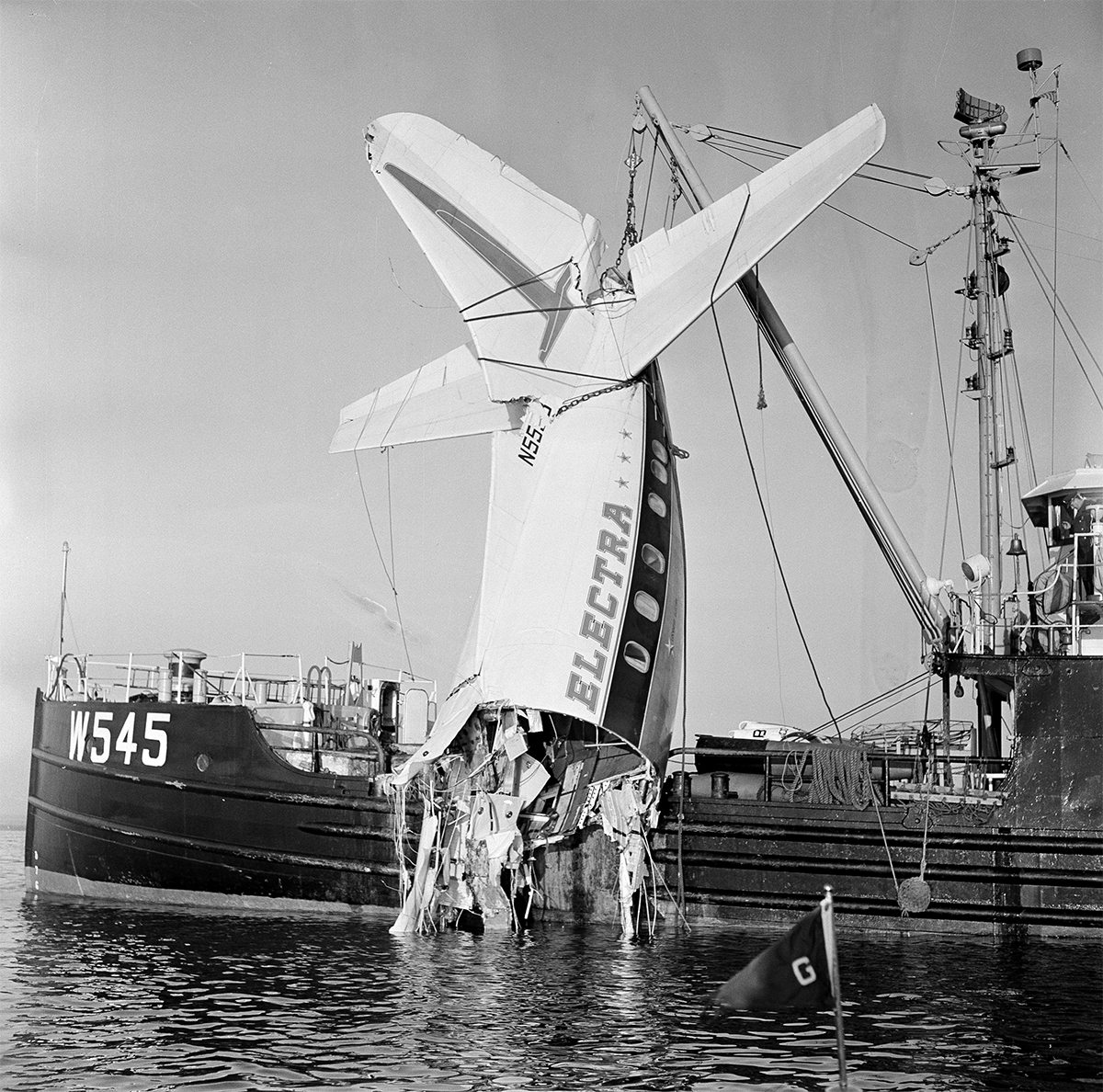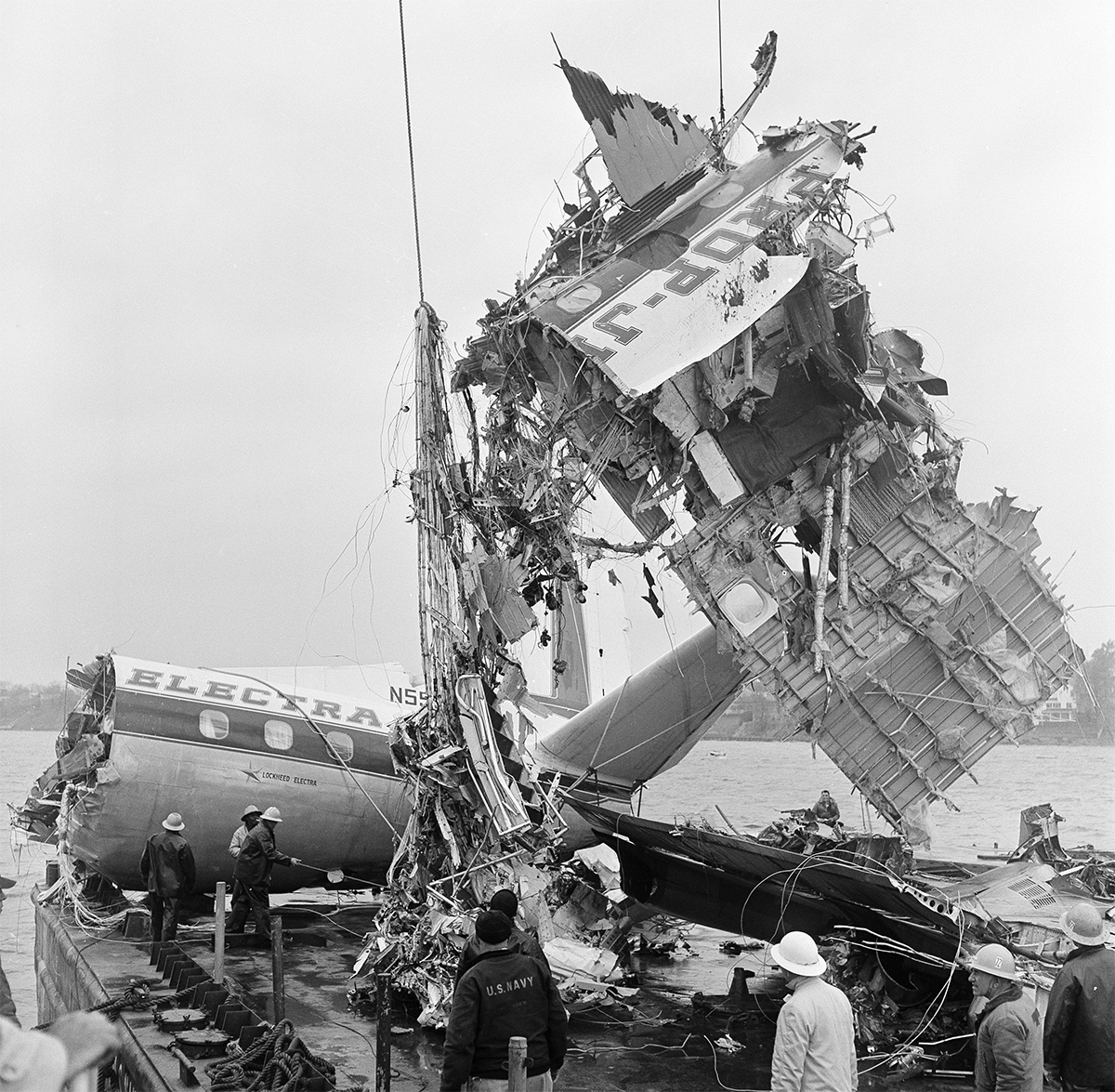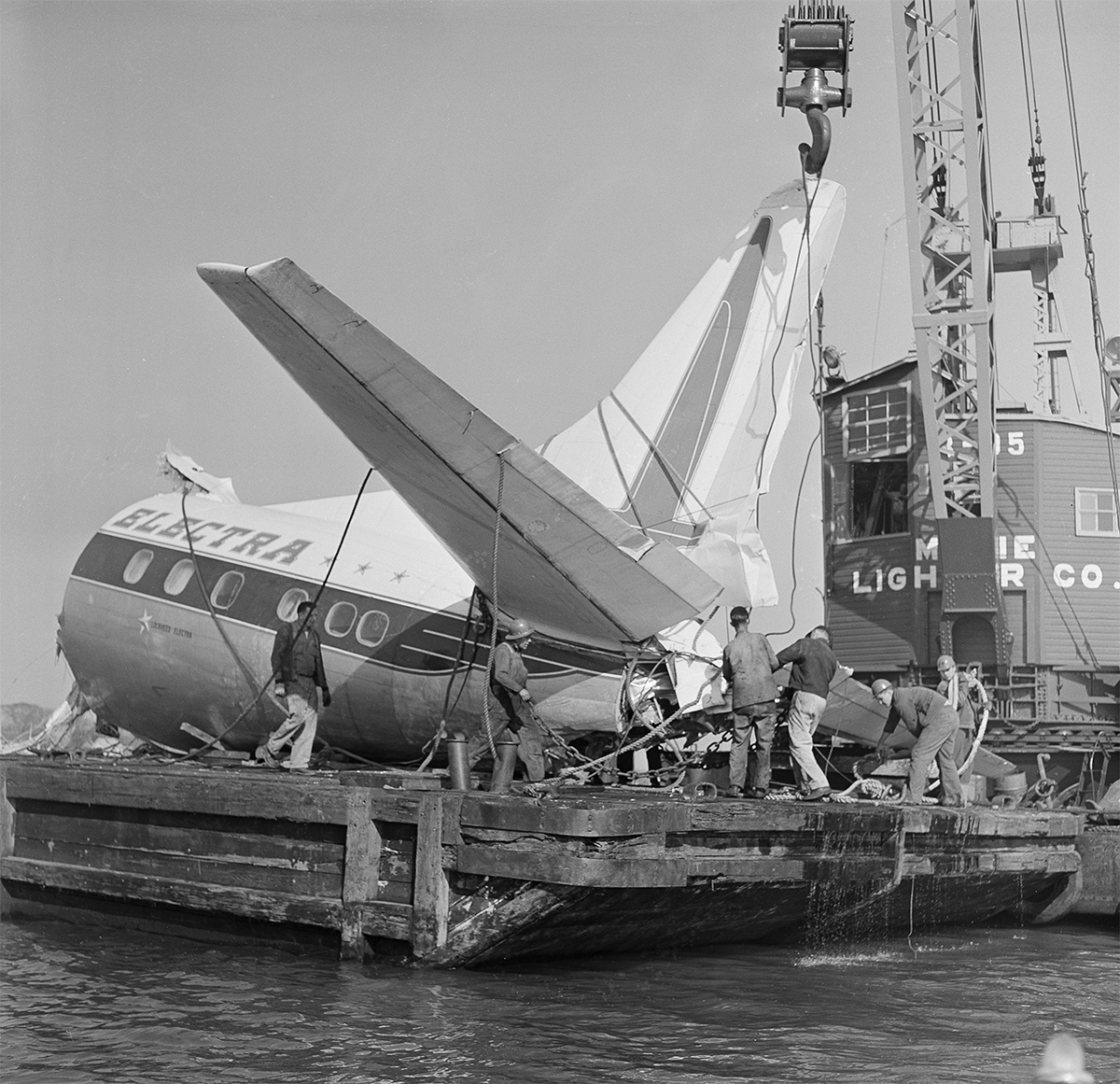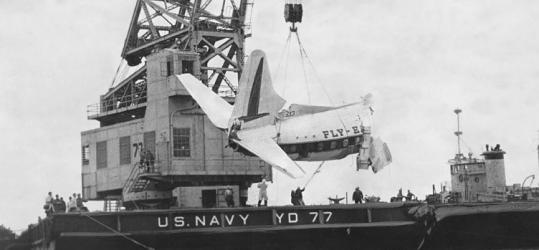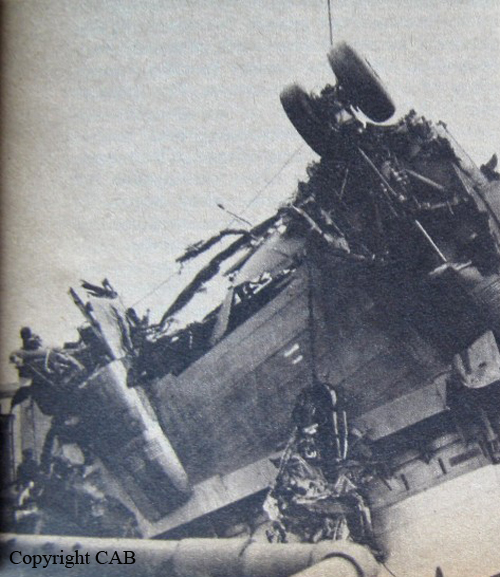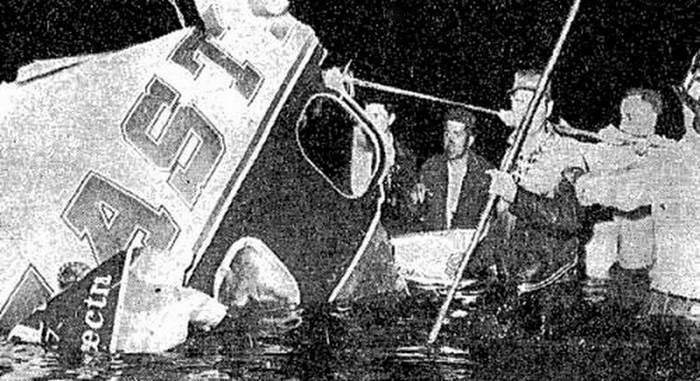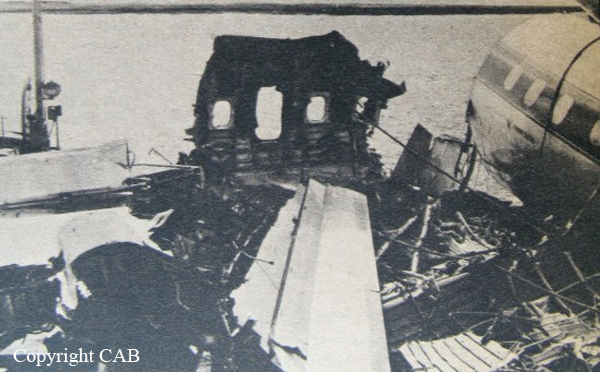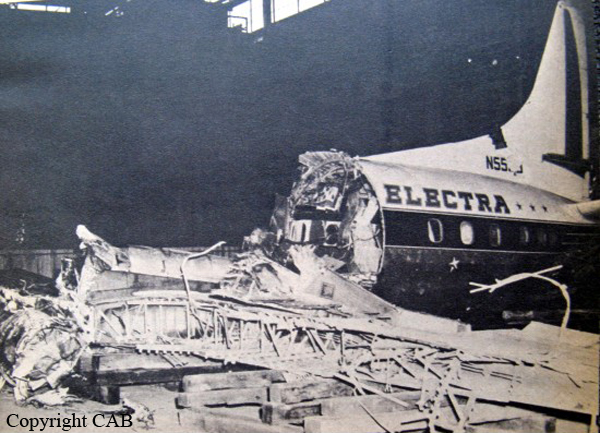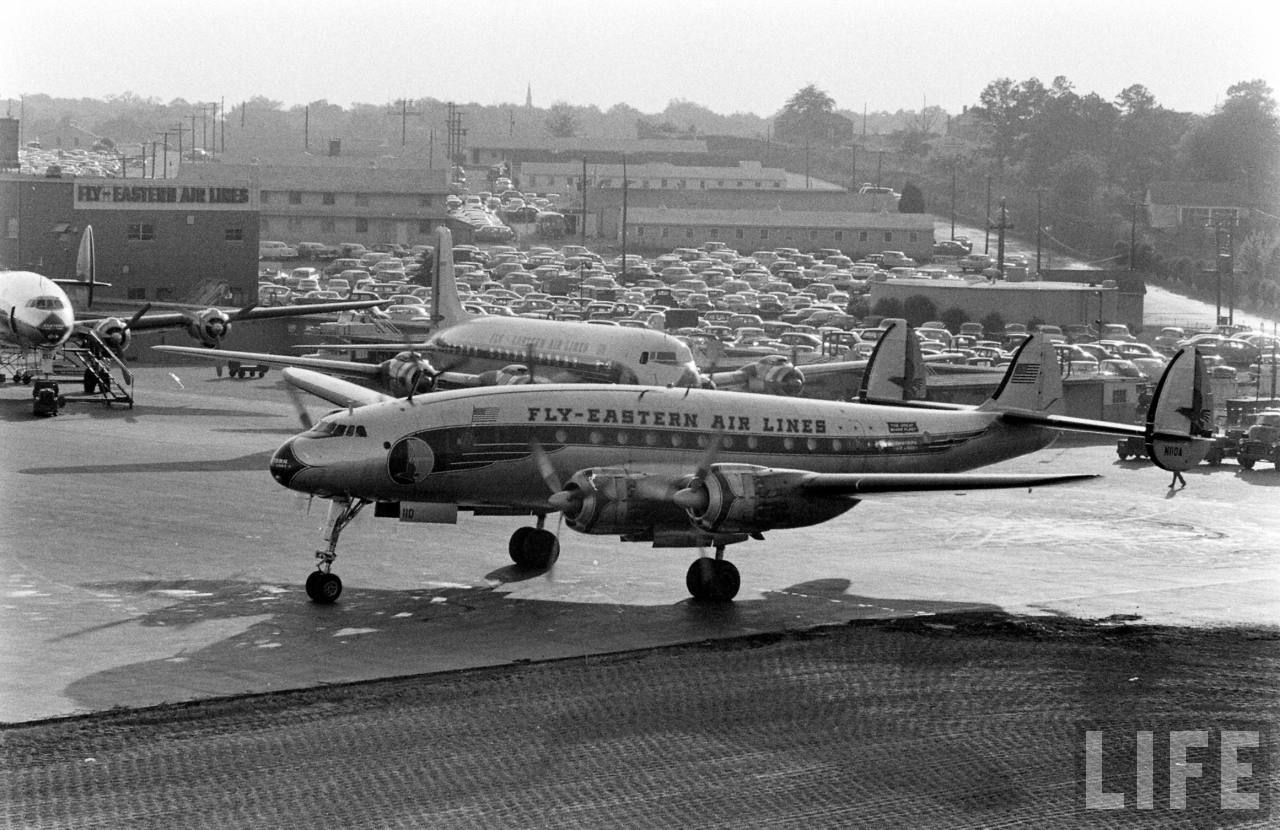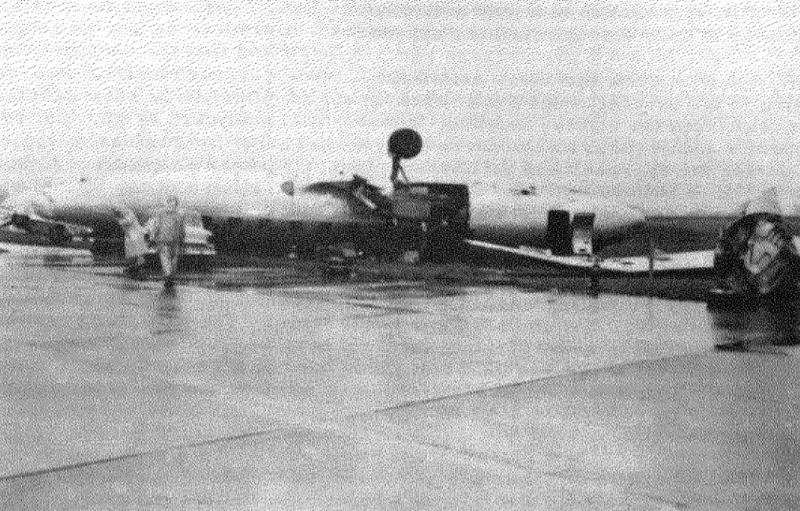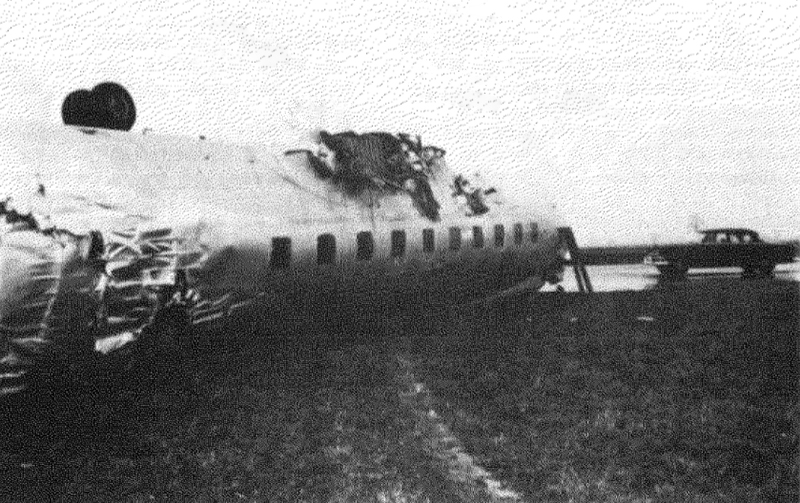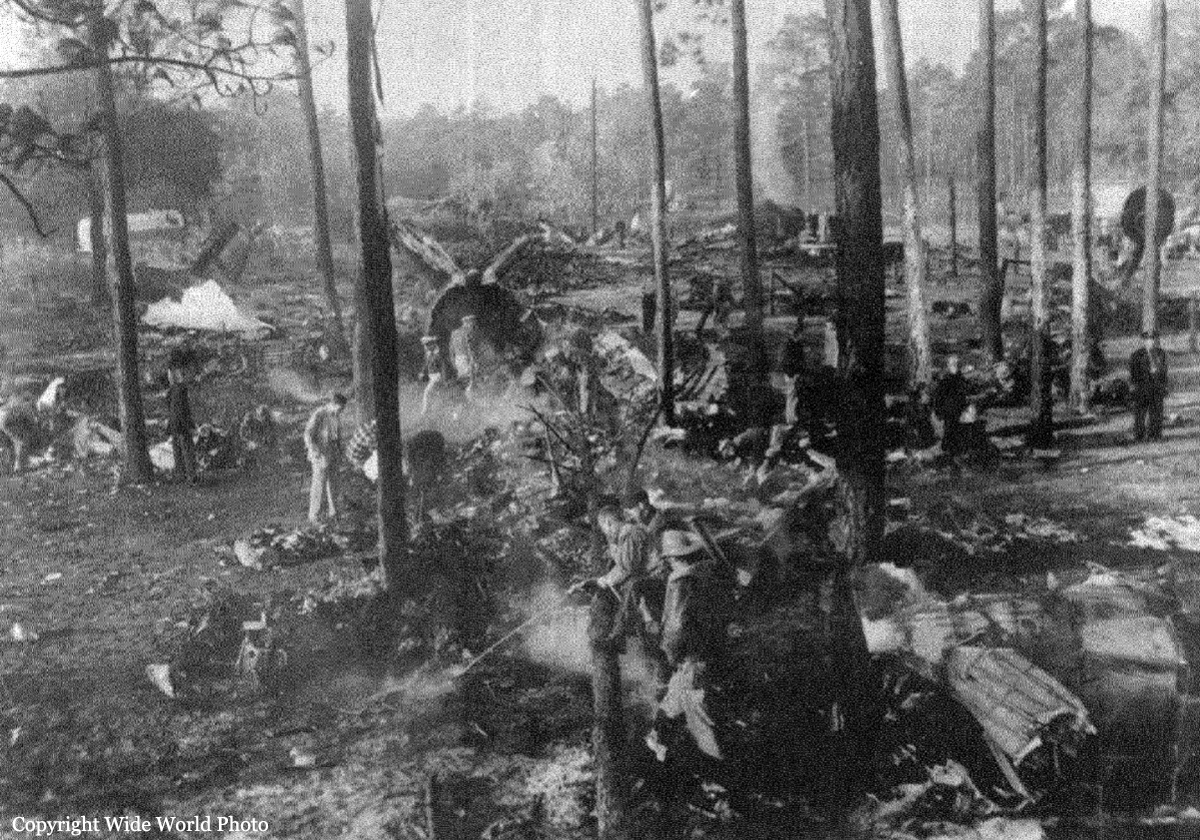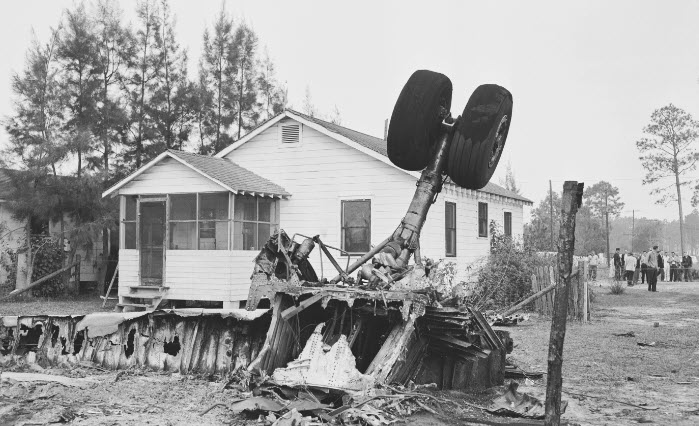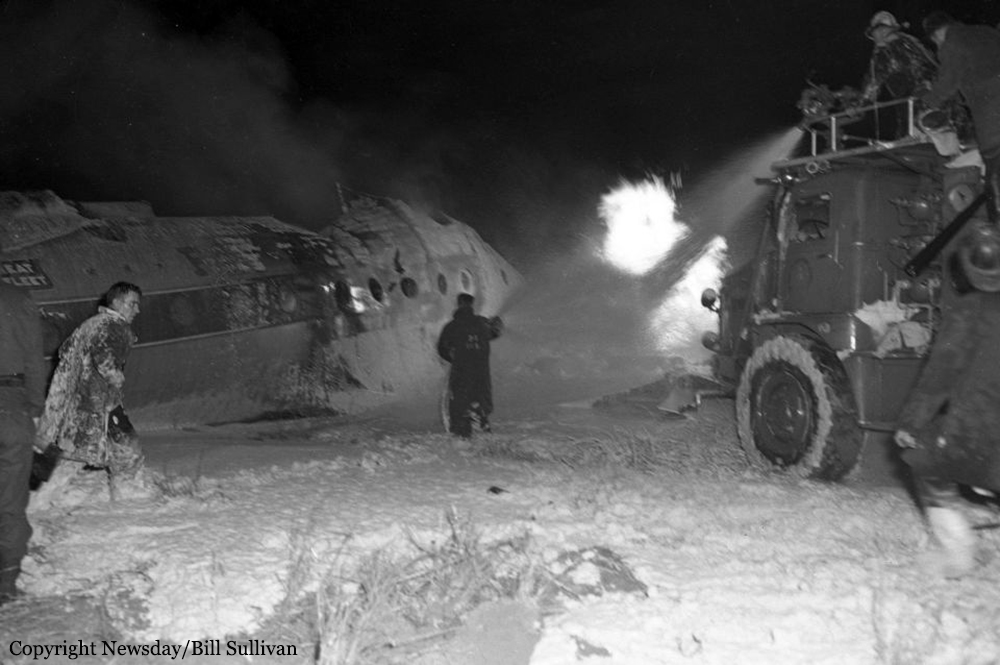Crash of a Lockheed L-188A Electra in Boston: 62 killed
Date & Time:
Oct 4, 1960 at 1740 LT
Registration:
N5533
Survivors:
Yes
Schedule:
Boston – Philadelphia – Atlanta
MSN:
1062
YOM:
1959
Flight number:
EA375
Crew on board:
5
Crew fatalities:
Pax on board:
67
Pax fatalities:
Other fatalities:
Total fatalities:
62
Captain / Total hours on type:
1053.00
Copilot / Total hours on type:
201
Aircraft flight hours:
3526
Circumstances:
On October 4, 1960, at 1740 e.d.t., an Eastern Air Lines Lockheed Electra, N 5533, crashed into Winthrop Bay immediately following takeoff from runway 9 at Logan International Airport, Boston, Massachusetts. Ten of the 72 persons aboard survived the crash. The aircraft was totally destroyed. A few seconds after becoming airborne, the aircraft struck a flock of starlings. A number of these birds were ingested In engines Nos. 1, 2, and 4. Engine No. 1 was shut down and its propeller was feathered. Nos. 2 and 4 experienced a substantial momentary loss of power. This abrupt and intermittent loss and recovery of power resulted in the aircraft yawing to the left and decelerating to the stall speed. As speed decayed during the continued yaw and skidding left turn, the stall speed was reached; the left wing dropped, the nose pitched up, and the aircraft rolled left into a spin and fell almost vertically into the water. An altitude of less than 150 feet precluded recovery. The Board determines that the probable cause of this accident was the unique and critical sequence of the loss and recovery of engine power following bird ingestion, resulting in loss of airspeed and control during takeoff.
Probable cause:
The Board determines that the probable cause of this accident was the unique and critical sequence of the loss and recovery of engine power following bird ingestion, resulting in loss of airspeed and control during takeoff.
Final Report:
